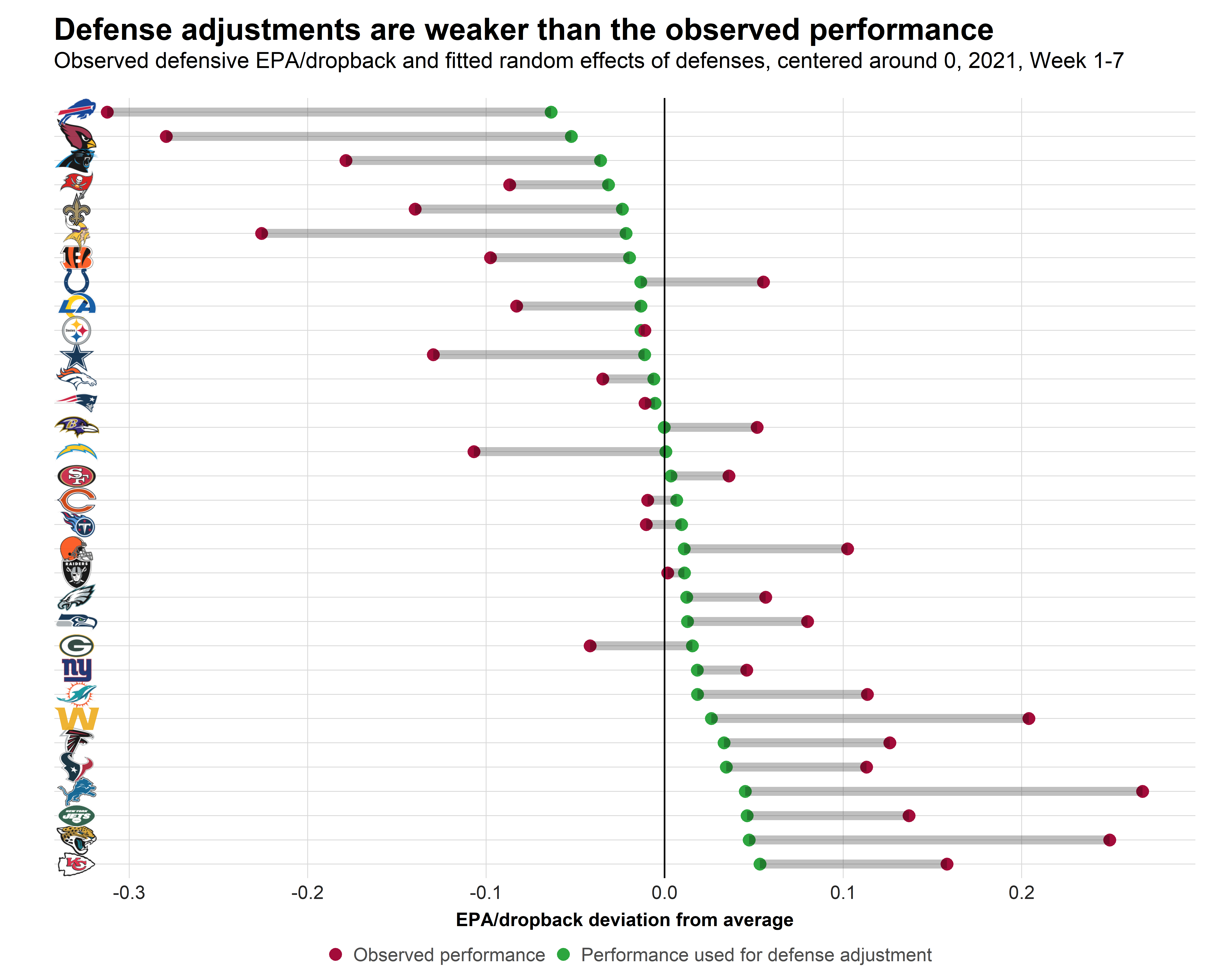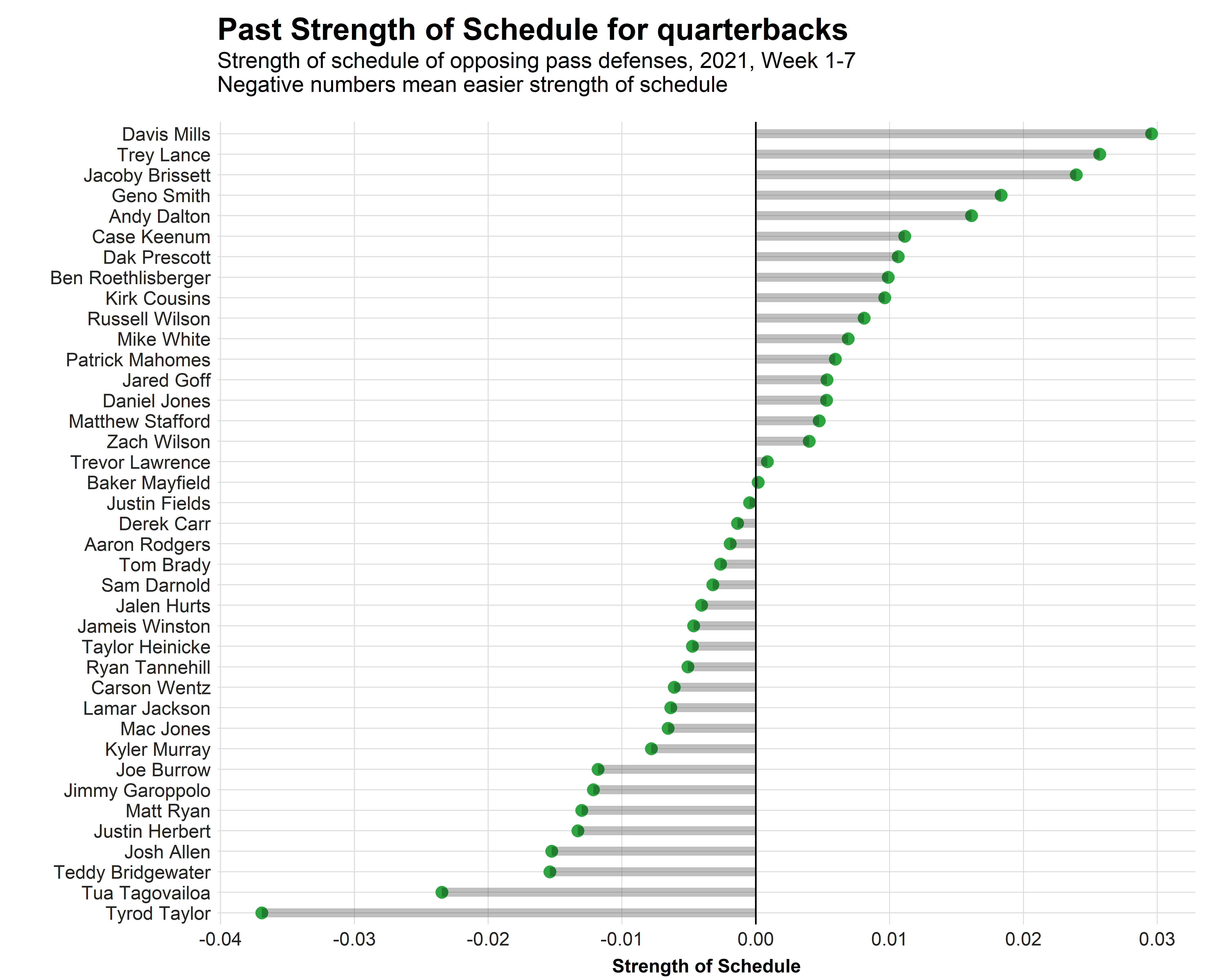Every NFL team still has at least 10 games left to play, yet two quarterbacks from the NFC West have already done enough to share the MVP Award between themselves in more than 50% of our simulations.
Kyler Murray’s trump card is his team record, while Matthew Stafford can point to his league-leading efficiency. On the other end of the spectrum, Patrick Mahomes has left the MVP conversation with a bang, and Lamar Jackson has also quietly taken a huge step back over the last two weeks.
Click here for more PFF tools:
Rankings & Projections | WR/CB Matchup Chart | NFL & NCAA Betting Dashboards | NFL Player Props tool | NFL & NCAA Power Rankings
Before we get to the Week 8 NFL MVP rankings, here's a short overview of the methodology:
We trained a model to predict the winner of the MVP award based on only three regular-season parameters after Week 18 concludes:
- The number of wins and how that ranks across the league
- Rank in the division
- Expected points added (EPA) per play and how that ranks across the league
Since the model works with regular-season stats in hindsight, we need to simulate the remaining games of the season to find results with which we can feed the model. So, we utilize PFF's weekly win total simulations and a Bayesian updating method to simulate each quarterback’s EPA per play.
During the season, we update our beliefs on all quarterbacks with Bayesian updating, incorporating up-to-date EPA per play and making adjustments based on PFF passing grade, our charting data — which can identify plays with bad results that aren't the quarterback's fault — and the quality of defense faced.
Using these updated beliefs, we can simulate the EPA per play for the remainder of the season for each quarterback.
The number of wins and whether a QB wins his division is obtained from our weekly win totals simulations.
The goal isn’t to describe who would be MVP if the season ended right now, but rather to predict who will have the best combination of individual stats and team wins at the end of the season.
Defense adjustments
Just like each week, we will go through the strength of defenses first by adjusting for each defense and which quarterbacks consequently played the most difficult schedule and receive the highest positive adjustments. Since it’s still early in the season, the defense adjustments are based on both opponent-adjusted performance this season as well as a prior from the offseason. With each passing week, the prior will play a smaller role and will be fully disregarded after eight weeks of play.

The defensive strengths of the teams lead to the following adjustments for quarterbacks — a positive adjustment means a difficult schedule so far, while a negative adjustment means an easy schedule:

Of course, it’s also interesting to look at future strength of schedule based on the current strength of defenses. In this chart, a positive number means an easy future schedule (i.e., the team and its quarterback is supposed to generate more EPA due to playing easier defenses):

The Favorites



 © 2024 PFF - all rights reserved.
© 2024 PFF - all rights reserved.